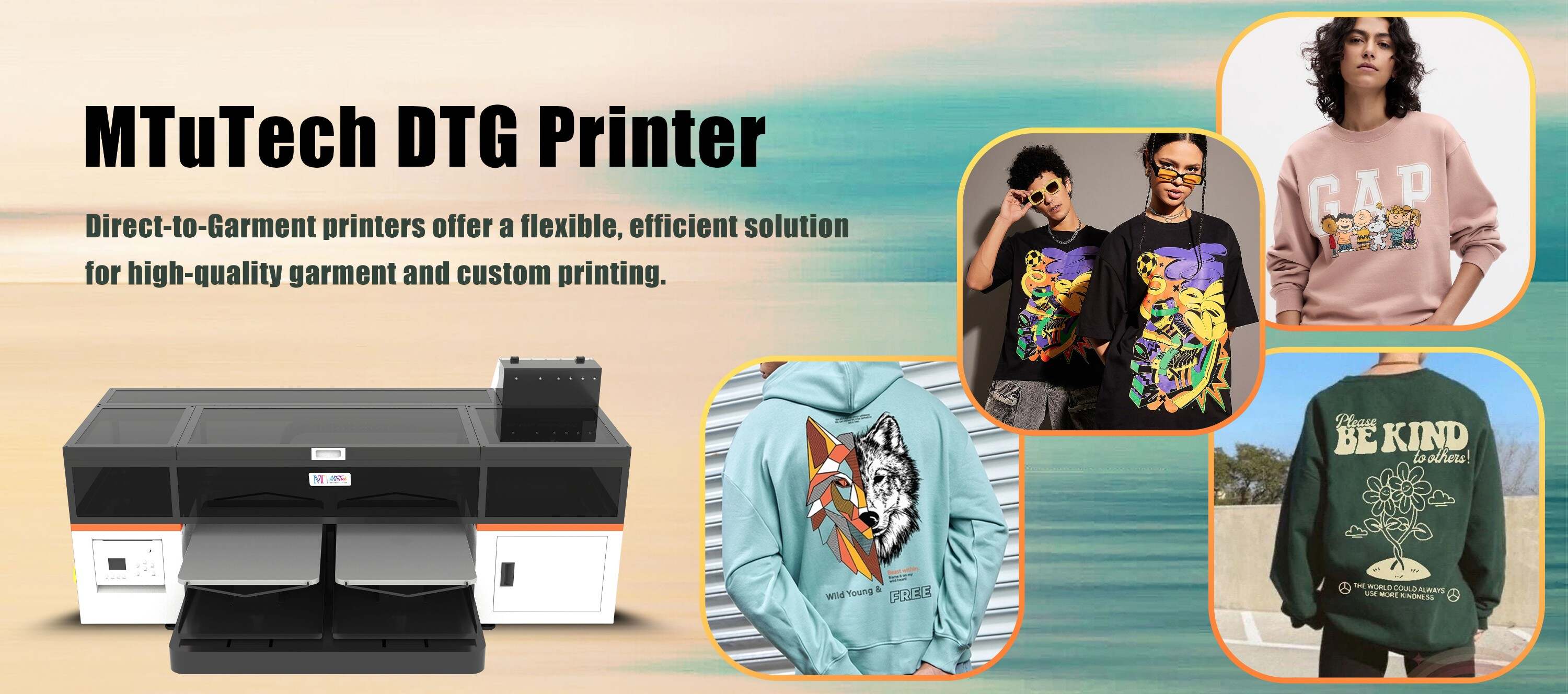When venturing out on a journey to print T-shirts, or any fabric for that matter, there are a few key decisions to make. One of the most fundamental steps in this journey is choosing the proper printing protocol. Today, we shall focus on two popular methods: Screen printing vs Direct-to-Garment (DTG).
Introduction
Direct-to-Garment and Screen Printing are both effective yet fundamentally different methods of fabric printing. Therefore, understanding the differences between these two methods can significantly impact the decision while purchasing the right process for your needs. This blog will help you educate your customers about these two printing methods, drawing a comparison in terms of process, quality, cost, and suitable use-cases.
The Process
Direct-to-Garment (DTG)
Direct-to-Garment, also commonly known as DTG, is a type of digital printing where a printer directly applies the ink onto the clothing item with inkjet technology. The fabrics have special fibers that absorb this water-based ink, bringing out your design.
Screen Printing
Screen printing, sometimes referred to as silk screening, is a technique that uses a woven mesh to support an ink-blocking stencil. Ink gets transferred to the open mesh areas and directly onto the fabric when the screen is flooded with ink.
Quality of Prints
DTG Printing
DTG yields impressive results and it’s often difficult to distinguish a DTG print from a high-resolution photo. Because a printer creates the design, the colors can be very complex, and the finish is close to perfect. You can explore our high-quality DTG printers here.
Screen Printing
Screen printing is known for producing vibrant colors, especially on dark fabrics. The thickness and composition of the inks give a unique, hand-crafted look, but it can’t accommodate the complexity of color, unlike a DTG printer.
Features
DTG Printing
Allows high detail precision.
No set-up fees, making it very cost-effective for small batch orders.
Virtually unlimited color options.
Flexible design capabilities.
Screen Printing
Highly durable and long-lasting.
Produces bright colors that not any other method can match.
Per-unit cost declines with quantity, making it cost-effective for large orders.
Conclusion
A clear understanding of the differences between DTG and screen printing will enhance decision-making when it comes to deciding the approach best suited. Depending on the details of the project like its size, intended use, and budget, you can choose between the two or simply offer both to your clients and let them decide based on their individual needs.
FAQ Section
What are the main differences between DTG and screen print?
The main differences lie in the process, cost, and finish of the products. While DTG uses a printer to spray the design directly onto the garment, screen printing uses stencils and ink pushed through mesh screens. Screen printing is typically cheaper for large orders, while DTG is more cost-effective for smaller, more detailed designs.
What type of print quality do I get with DTG and screen print?
DTG prints are usually softer to touch and allow for high detail accuracy, making them great for detailed and artistic designs. It’s virtually impossible to feel a DTG print on a t-shirt. On the other hand, screen prints are more vibrant and durable, but the detail might not be as fine as with DTG.
Which one is better, DTG or screen printing?
Neither method is essentially “better” than the other. They just serve different purposes. DTG is great for small orders or designs that require high detail accuracy, while screen printing is well-suited for large orders and designs with one or two colors.
What is the major advantage of screen printing over DTG?
Screen printing has the edge in terms of color vibrancy and print durability, particularly advantageous for large orders due to its economical cost per unit when being produced in bulk.

